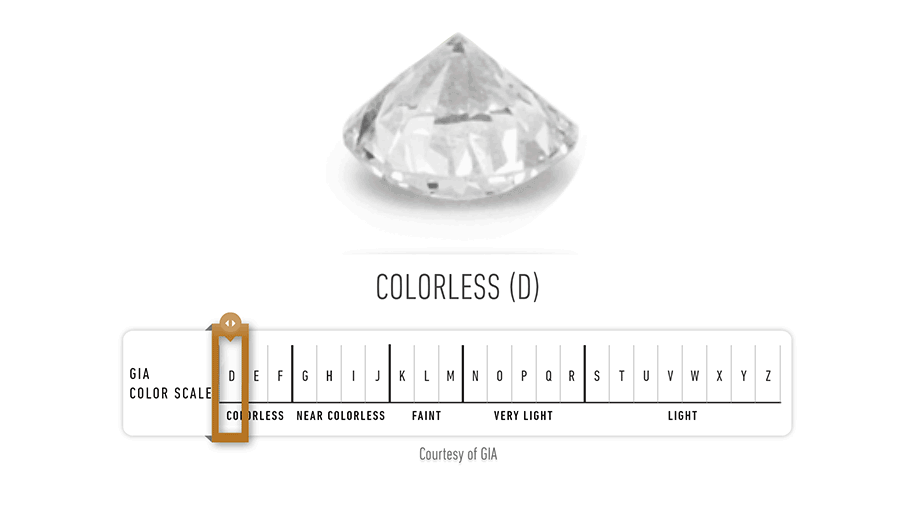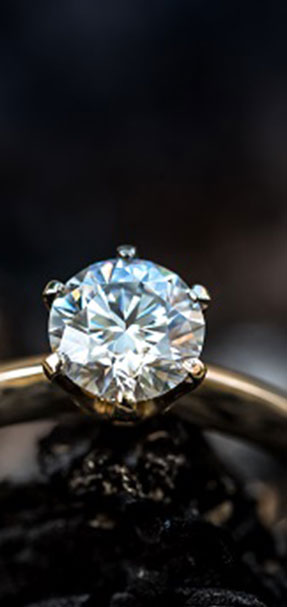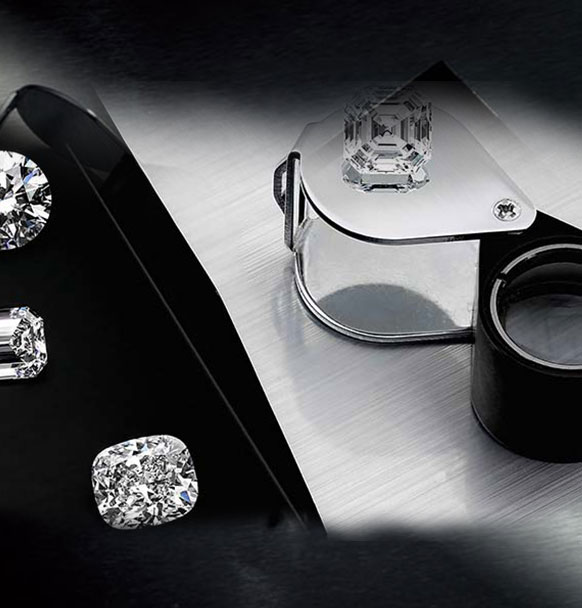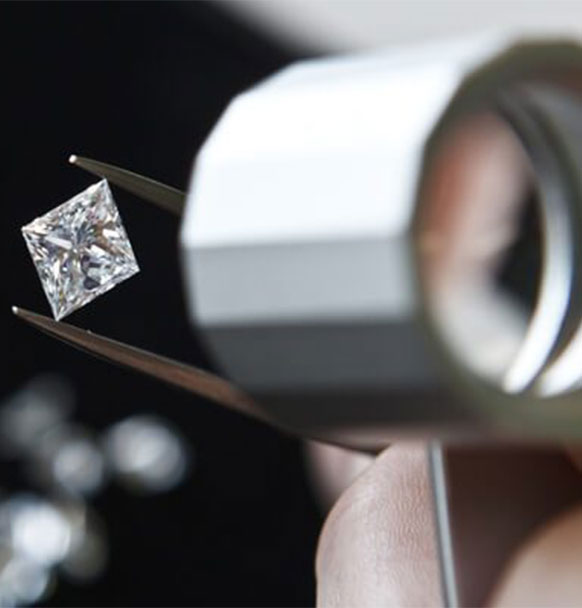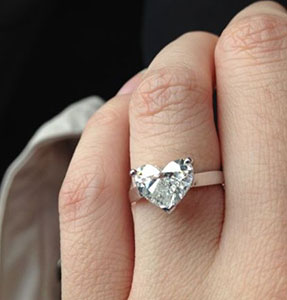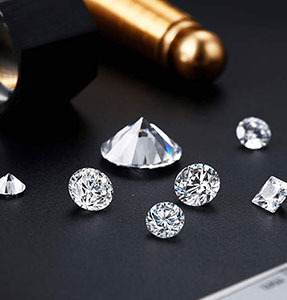Diamond Clarity
When we speak of a diamond's clarity, we are referring to the presence of identifying
characteristics on (blemishes) and within (inclusions) the stone. If you think
about the incredible amount of pressure it takes to create a diamond, it's no
surprise that most diamonds have flaws.
Basically there are two types of flaws: inclusions and blemishes. Inclusions refer to
internal flaws and blemishes refer to surface flaws. However, in the diamond
grades listed below, you'll note that none of the grades include the term
"blemish" -- for the purposes of grading diamonds, all flaws are called
"inclusions."
Inclusions include flaws such as air bubbles, cracks, and non-diamond minerals found
in the diamond. Blemishes include scratches, pits, and chips. Some blemishes
occur during the cutting processes (most often at the girdle). Diamonds with no
or few inclusions and blemishes are more highly valued than those with less
clarity because they are rarer.
Diamonds are graded for clarity under 10x loupe magnification. Grades range from
Flawless (diamonds which are completely free of blemishes and inclusions), to
Included 3 (diamonds which possess large, heavy blemishes and inclusions that
are visible to the naked eye).
- F :
Flawless: No internal or external flaws. Extremely rare.
- IF :
Internally Flawless: no internal flaws, but some surface flaws. Very
rare.
- VVS1-VVS2 :
Very Very Slightly Included (two grades). Minute inclusions very
difficult to detect under 10x magnification by a trained
gemologist.
- VS1-VS2 :
Very Slightly Included (two grades). Minute inclusions seen only with
difficulty under 10x magnification.
- SI1-SI2 :
Very Slightly Included (two grades). Minute inclusions seen only with
difficulty under 10x magnification.
- I1-I2-I3 :
Included (three grades). Inclusions visible under 10x magnification
AS WELL AS to the human eye. We do not recommend buying diamonds
in any of these grades.
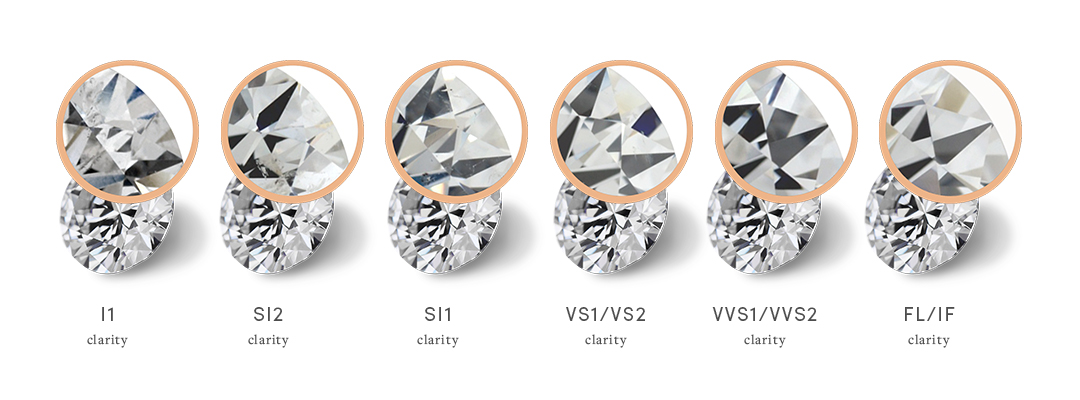
While the presence of these clarity characteristics (inclusions and blemishes) do
lower the clarity grade of a diamond, they can also be viewed as proof of a
diamond's identity. GIA certificates include what is known as a "plot" of a
diamond's inclusions -- think of it as a "diamond fingerprint." Since no two
diamonds are exactly the same, comparing the uniqueness of your diamond's
clarity characteristics with the plot provided on the diamond certificate offers
assurance that the diamond you pay for is the same diamond you receive.
 ROUND
ROUND
 PRINCESS
PRINCESS
 CUSHION
CUSHION
 EMERALD
EMERALD
 RADIANT
RADIANT
 HEART
HEART
 PEAR
PEAR
 MARQUISE
MARQUISE
 OVAL
OVAL

